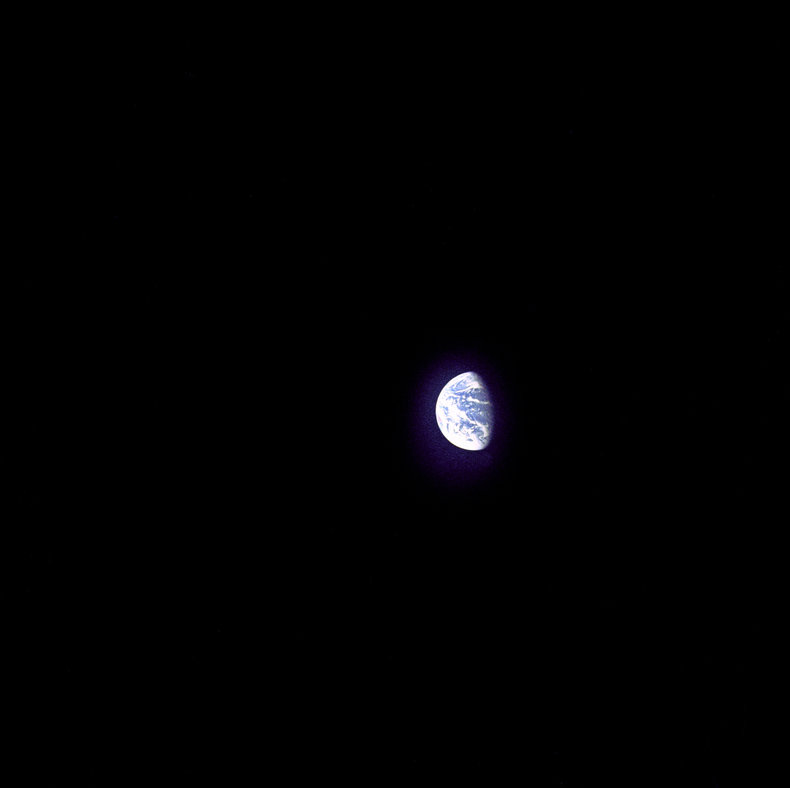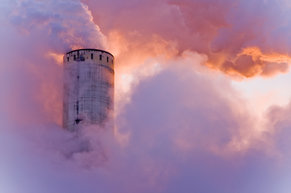
 |
A-Z | Popular | Blog | Sustainability | Search » |
|
Sustainability  Environmental Issues  Related Topics
Sustainable Design  Coal Power  Precautionary Principle  Quality Of Life  |
26 Environmental Issues John Spacey, updated on
 Air PollutionIntroduction of harmful particles and gases into the air by processes such as industrial production, transportation and power generation.Coral ReefsThe widespread loss of coral reefs on a global basis due to a variety of factors including warming water and changing ocean chemistry.DeforestationThe loss of forests.DesertificationThe process of fertile land becoming desert due to deforestation, climate change or mismanaged agriculture.Destruction Of EcosystemsAn ecosystem is a cycle that supports life. These involve complex interactions between plants, animals and the elements that can be disrupted due to factors such as loss of habitat, climate change or extinction of a species.Global WarmingA warming climate on a global basis attributed to increasing concentrations of greenhouse gases in the atmosphere, particularly carbon dioxide.Habitat DestructionA reduction in biodiversity due to habitat loss primarily due to development. The majority of human land consumption is related to agriculture.Habitat FragmentationThe breakup of large habitats into small parcels that aren't large enough for ecosystems to thrive. Particularly impacted by roads and other infrastructure.Invasive SpeciesA plant, fungus, or animal species that is not native to a specific location. Theoretically, an invasive species can also be created by human processes such as genetic engineering. In some cases, an invasive species thrives causing a variety of environmental problems such as extinction or breakdown of ecosystems.Land DegradationA broad term for undesirable changes to land such as loss of rainforest to clearcutting resulting in desertification.Marine DebrisWaste such as plastics and chemical sludge commonly found in oceans and other waterways. For example, a field of debris known as the Great Pacific Garbage Patch is estimated to be twice the size of the state of Texas.MicroplasticsSmall particles of plastic that are manufactured for use in a variety of products and industrial processes. Commonly found in marine environments in significant concentrations.Nanomaterials PollutionThe potential for emerging nanomaterials to become a ubiquitous source of pollution. In many cases, it takes decades before the health and environmental impact of novel materials and chemicals are well understood.Noise PollutionNoise generated by industry, transportation and other processes. Associated with health, environmental and quality of life impacts.Ocean AcidificationThe observed decrease in the pH of the Earth's oceans attributed to rising carbon dioxide levels.Radioactive WasteThe release of radioactive material due to improper disposal, nuclear accidents and other factors such as weapons testing.Resource DepletionThe depletion of natural resources due to unsustainable practices such as excessive use or mismanagement.Sick Building SyndromeIndoor pollution such as poor air quality caused by outgassing of chemicals from building materials and furnishings.SmogParticularly dangerous levels of air pollution found in many urban areas.Space JunkA debris field orbiting earth primarily caused by out of service satellites and components of spacecraft.Toxic WastePoisonous chemicals, heavy metals, radiation, pathogens and other poisonous materials that are released into the environment by industrial processes, agricultural runoff, mining activities, waste incineration, energy production, transportation, construction sites, laboratories, private residences and hospitals.Urban Heat IslandA tendency for cities to be hotter than the surrounding countryside due to lack of green space and other factors such as heat exhausts.Visual PollutionThe widespread conversion of things that are aesthetically pleasing such as forests into things that aren't visually attractive such as highways and industrial infrastructure.WasteProduction of waste such as household garbage.Water PollutionA general term for the changing chemistry of oceans and waterways due to waste and processes such as acid rain.Water ScarcityThe lack of sufficient water resources within a region often related to environmental issues such as land degradation.Next read: More Examples of Environmental IssuesSustainabilityThis is the complete list of articles we have written about sustainability.If you enjoyed this page, please consider bookmarking Simplicable.
Global WarmingA definition and brief overview of global warming.PollutionThe common types and sources of pollution.Existential RiskAn overview of existential risk.Precautionary PrincipleAn overview of the precautionary principle.
Comparative Risk
A definition of comparative risk with examples.
Energy EfficiencyThe common types of energy efficiency.
External StakeholdersThe definition of external stakeholder with examples.Economic Bad
Common examples of an economic bad.
Win-Lose
The definition of win-lose with examples.
Climate Engineering
An overview of climate engineering.
Soil Carbon
Why carbon soil is important.
Daily vs Weekly Shopping
The shopping customs of cities.
Deconstruction vs Demolition
The difference between deconstruction and demolition.
Education vs Unlearning
The relationship between education and unlearning.
Grassroots vs Astroturfing
The difference between a grassroots movement and astroturfing.
Green Roof vs Roof Garden
The difference between a green roof and a roof garden.
Green vs Sustainable
The difference between green and sustainable.
Green Walls vs Green Facades
The difference between a green wall and green facade.
TrendingThe most popular articles on Simplicable in the past day.New ArticlesRecent posts or updates on Simplicable. Site Map
© 2010-2023 Simplicable. All Rights Reserved. Reproduction of materials found on this site, in any form, without explicit permission is prohibited. View credits & copyrights or citation information for this page. |